The BFI celebrates the best of black cinema
The UK's largest-ever tribute to black on-screen talent features screenings, events and a new exhibition and book exploring poster art
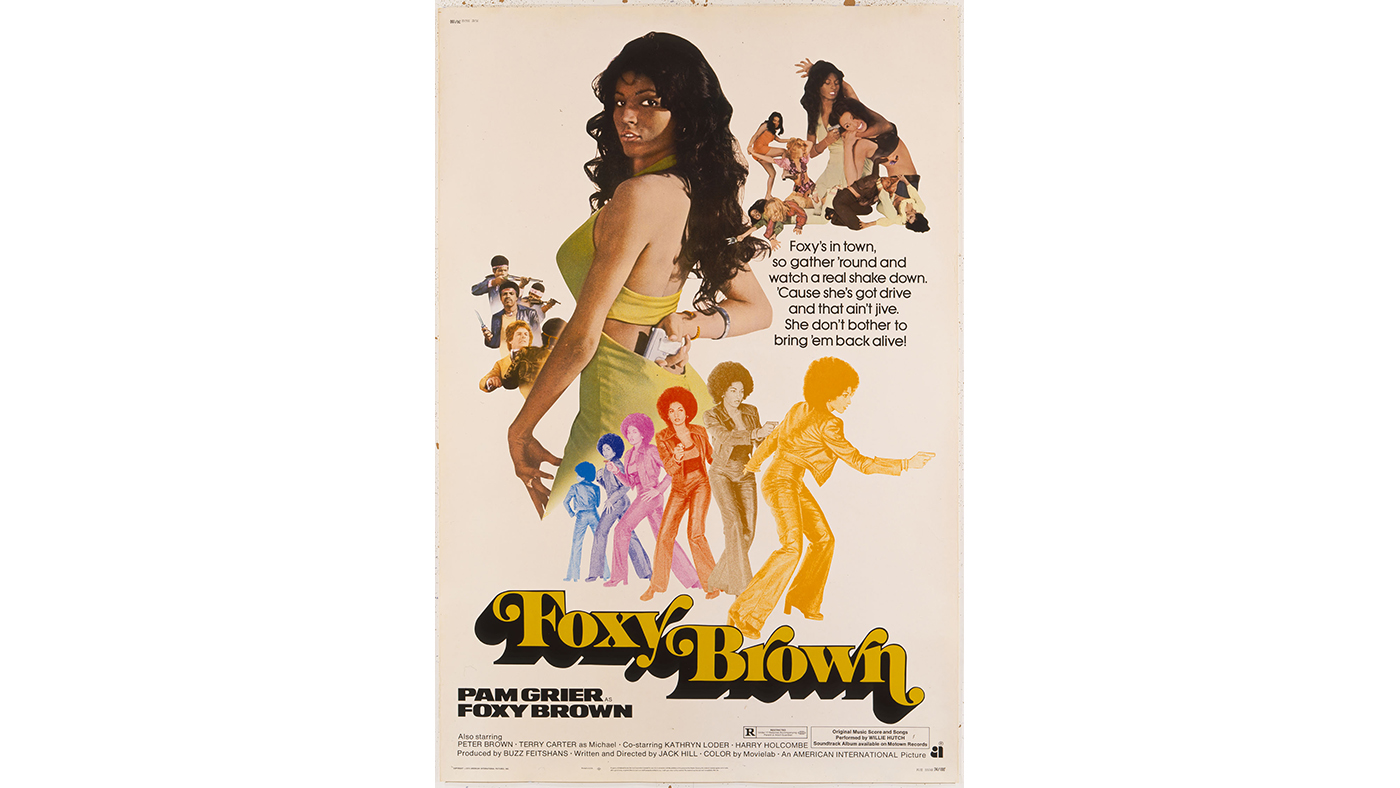
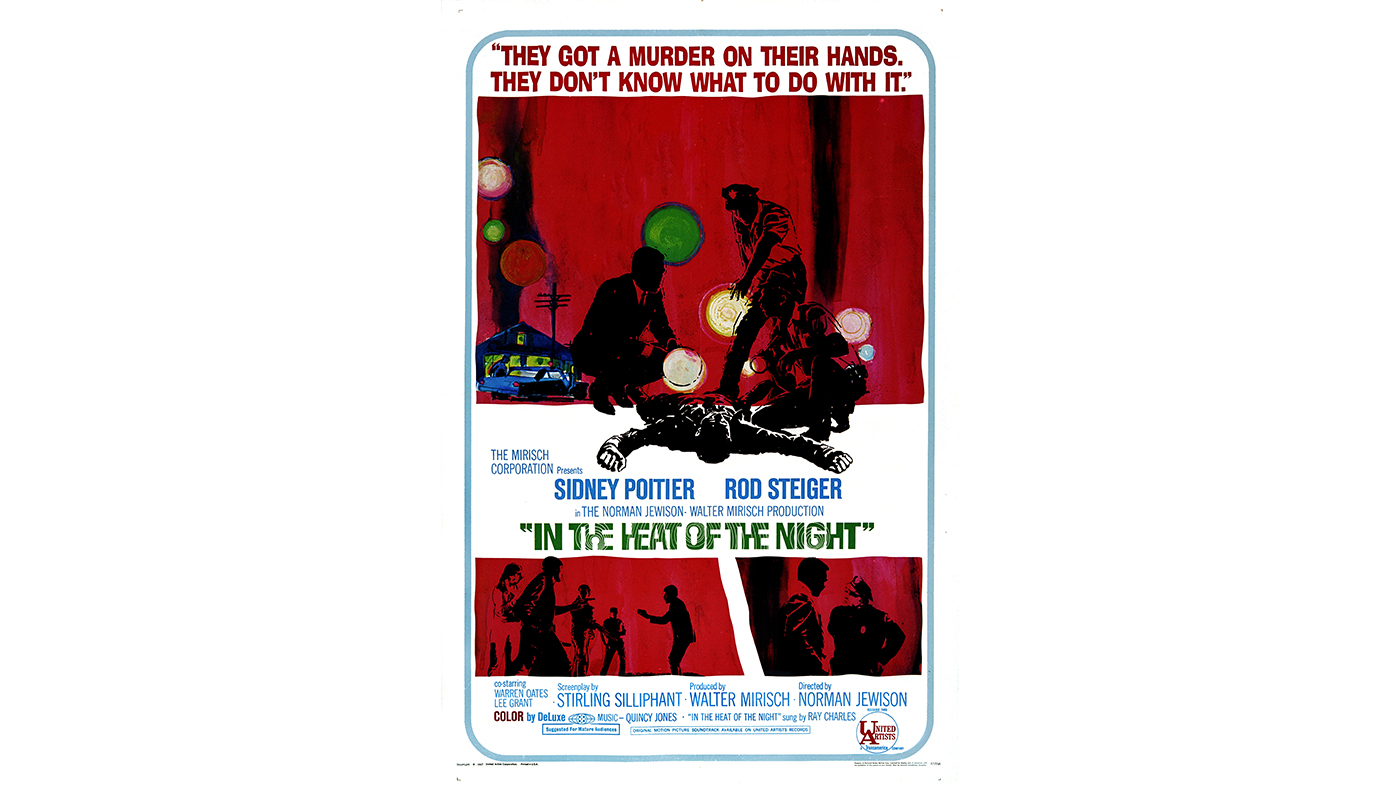
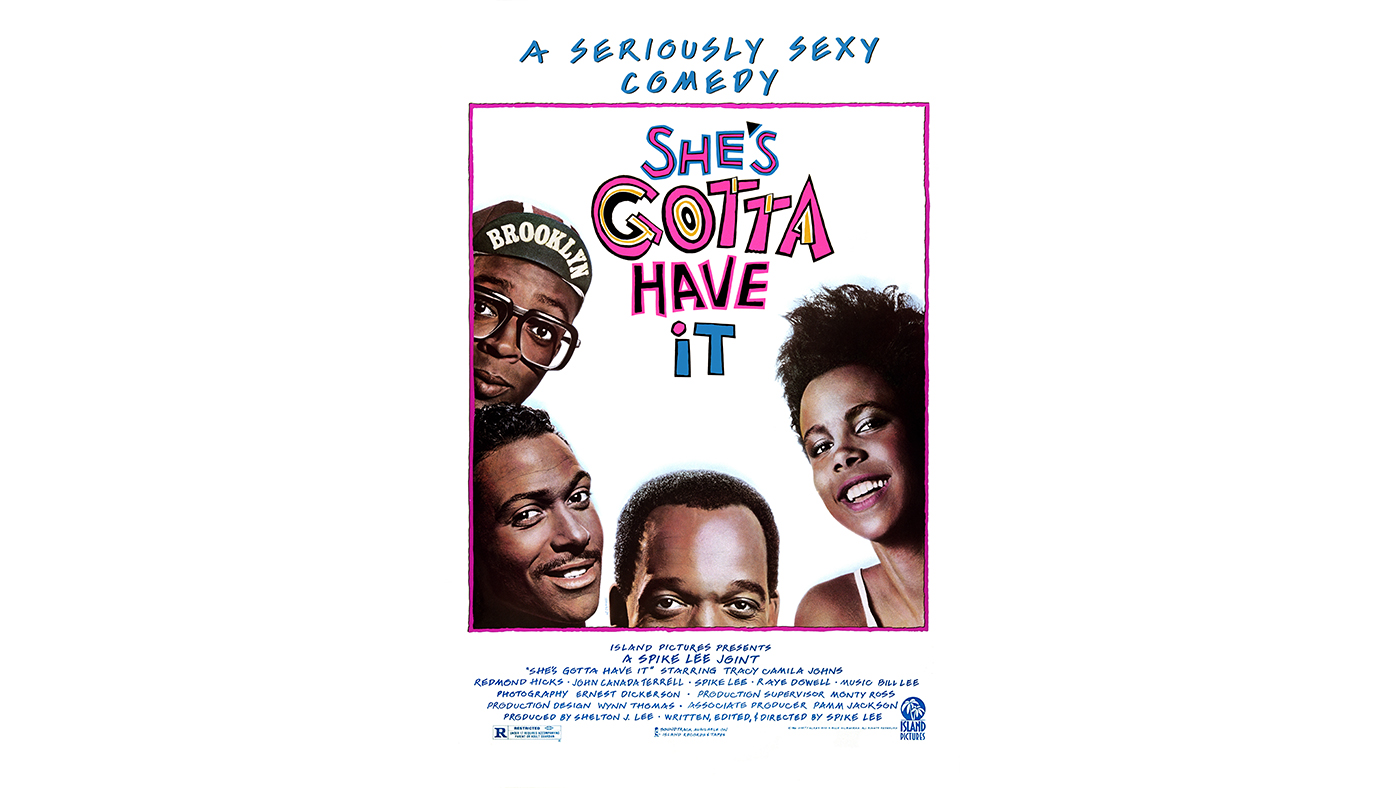
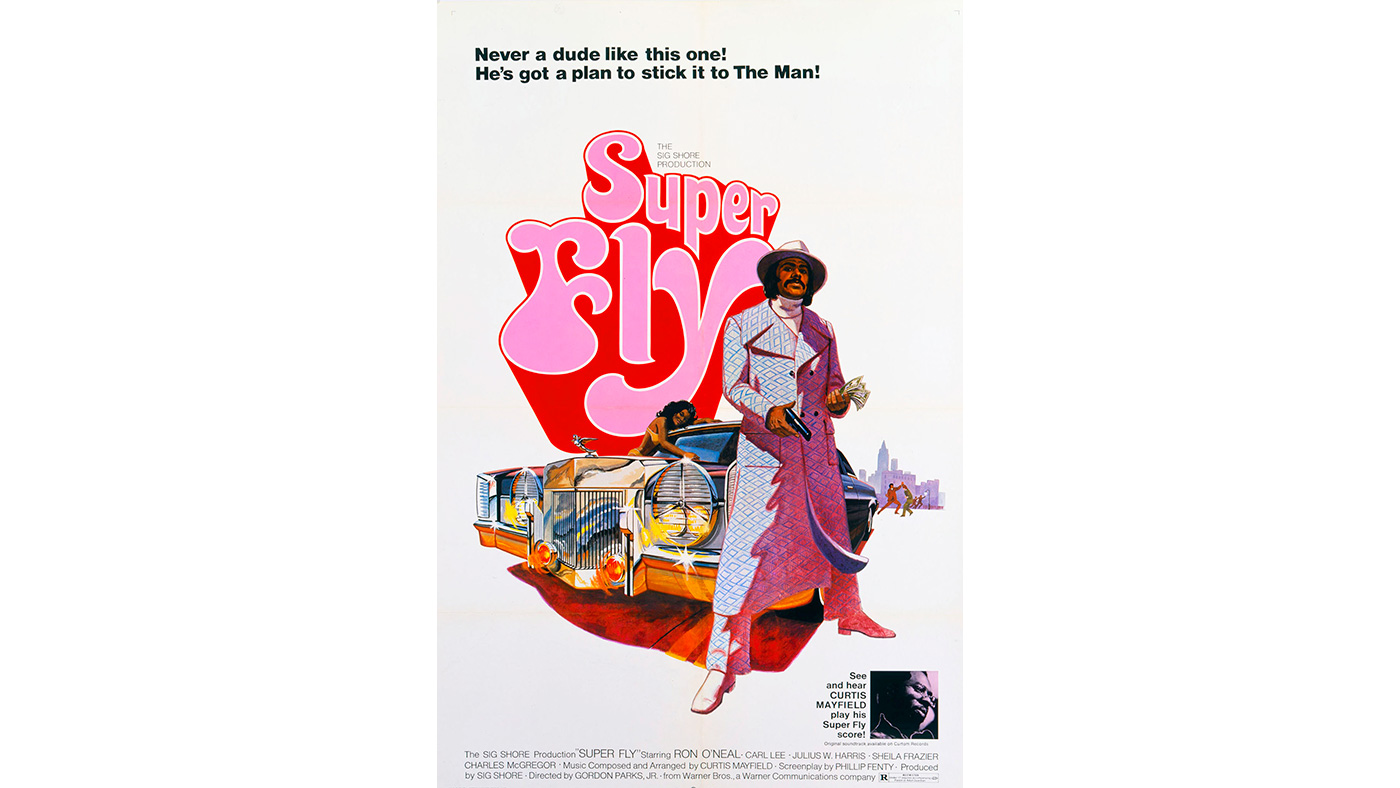
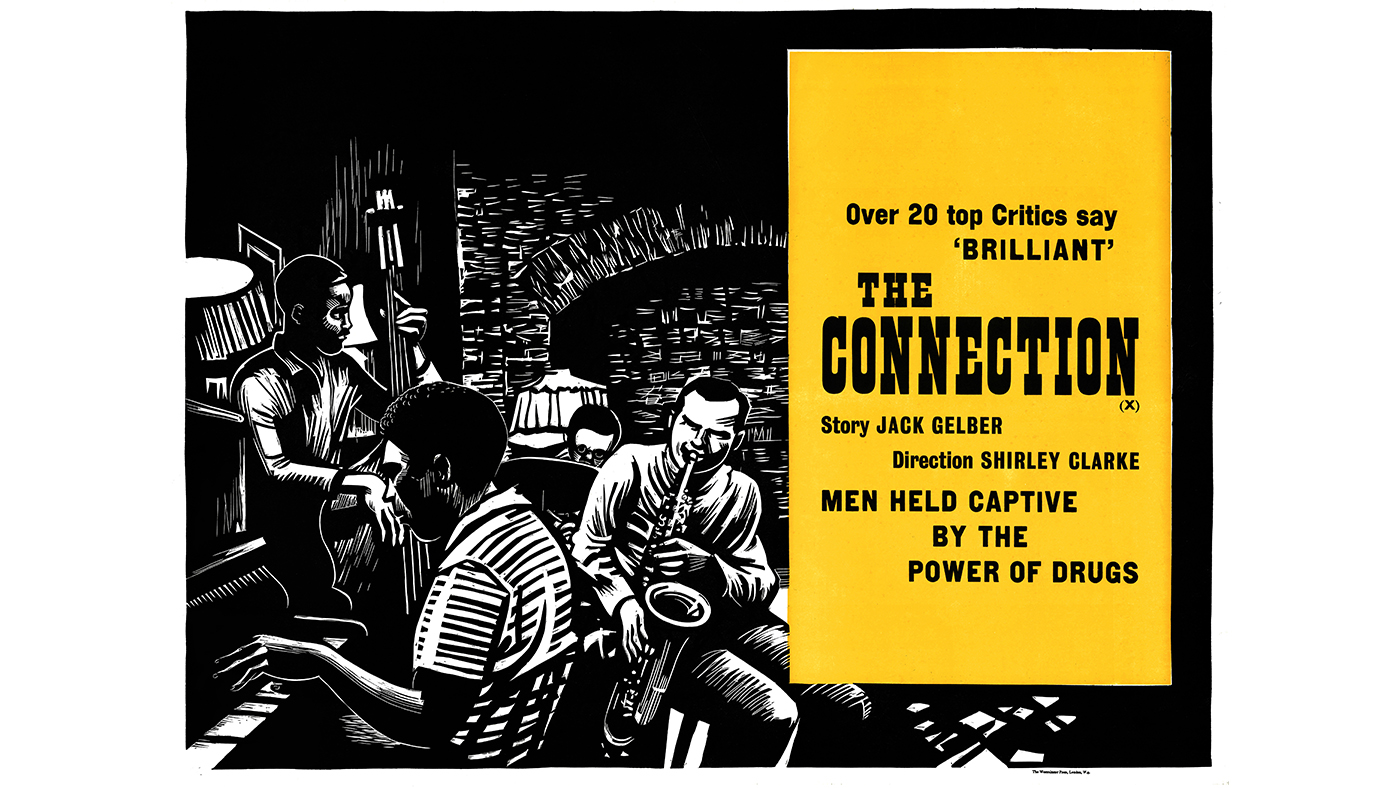
Celebrating the range and versatility of black cinema throughout the decades, the BFI's Black Star brings together special screenings, events and showcases celebrating the legacy of the art form.
One such part of the programme is Separate Cinema, a compilation of cinematic art on display in the Atrium of the BFI Southbank.
The exhibition draws on the extensive collection of the Separate Cinema Archive. Curated by director John Kisch, it collates film posters and memorabilia that showcase the history of black cinema. On display are a number of original works that trace its journey from early Hollywood to the present day, from 1954 film Carmen Jones and iconic 1970s blaxploitation hit Foxy Brown to the Eddie Murphy romcom Coming to America.
The Week
Escape your echo chamber. Get the facts behind the news, plus analysis from multiple perspectives.

Sign up for The Week's Free Newsletters
From our morning news briefing to a weekly Good News Newsletter, get the best of The Week delivered directly to your inbox.
From our morning news briefing to a weekly Good News Newsletter, get the best of The Week delivered directly to your inbox.

Separate Cinema is accompanied by a book of the same name, available from the BFI shop. Edited by Kisch and film-poster specialist Tony Nourmand, with an afterword by director Spike Lee, it offers an in-depth account of the history of black poster art, contrasting seminal films such as The Exile, Cabin in the Sky and Stormy Weather against contemporary classics including the Oscar-winning 12 Years a Slave.

"From the dawn of the silent era to movies screening digitally around the world today, black film, like any medium, reflects the journey of African Americans in society," says academic and foreword contributor Henry Louis Gates, Jr. "And the posters these films generate and inspire constitute their own art form and pattern of representation, like a parallel visual universe, mirroring (not literally but figuratively, as acts of interpretation) what an artist or a producer felt to be the dominant message about race in America that these films contained: 90 minutes, say, reduced to one image, an image that, over time, became both an icon and a work of art of its own."
Separate Cinema is at the Atrium in BFI Southbank until 2 January 2017. John Kisch and Tony Nourmand will be chairing a discussion on poster art at the exhibition on 5 November. Separate Cinema: The First 100 Years of Black Poster Art is published by Reel Art Press, £45; bfi.org.uk; reelartpress.com
A free daily email with the biggest news stories of the day – and the best features from TheWeek.com
-
 Why is Trump’s alleged strike on Venezuela shrouded in so much secrecy?
Why is Trump’s alleged strike on Venezuela shrouded in so much secrecy?TODAY'S BIG QUESTION Trump’s comments have raised more questions than answers about what his administration is doing in the Southern Hemisphere
-
 Vance’s ‘next move will reveal whether the conservative movement can move past Trump’
Vance’s ‘next move will reveal whether the conservative movement can move past Trump’Instant Opinion Opinion, comment and editorials of the day
-
 Why recognizing Somaliland is so risky for Israel
Why recognizing Somaliland is so risky for IsraelTHE EXPLAINER By wading into one of North Africa’s most fraught political schisms, the Netanyahu government risks further international isolation
-
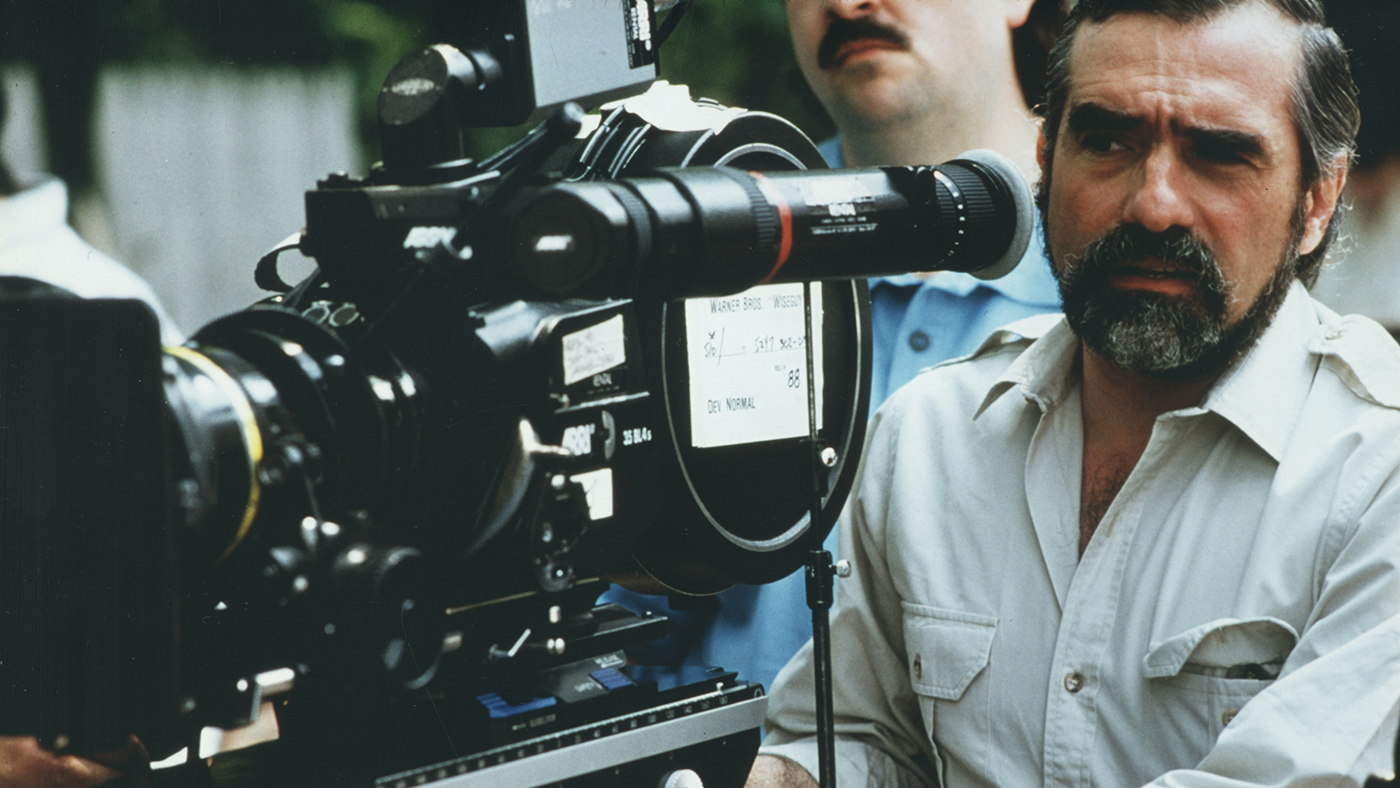 Good fella: Scorsese season at the BFI
Good fella: Scorsese season at the BFIIn Depth To celebrate the release of his latest epic, Silence, Martin Scorsese is honoured in a retrospective series this January and February
-
 That's entertainment: Top film memorabilia up for auction
That's entertainment: Top film memorabilia up for auctionIn Depth Coveting Batman's suit? Or Harry's letter from Hogwarts? Make your bid when more than 500 movie and TV collectibles go under the hammer
-
 That's entertainment: Top movie memorabilia up for auction
That's entertainment: Top movie memorabilia up for auctionSpeed Read Coveting Batman's suit? Or Harry's letter from Hogwarts? Make your bid when more than 500 film and TV collectibles go under the hammer
-
 Time is money: IWC's new bursary for British film
Time is money: IWC's new bursary for British filmIn Depth The Swiss watchmaker, in association with the BFI, continues its support of the industry with a £50,000 fund and limited-edition timepiece